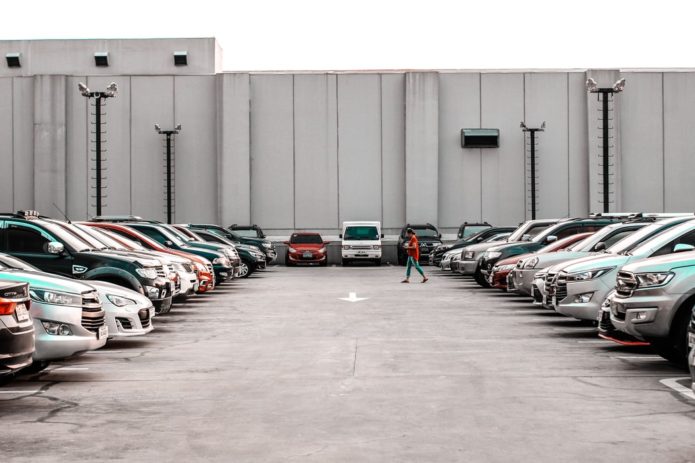DVLA number plates are found all over the country, so how much do you know about them? Just like any other license plate, DVLA plates tell you important information about the vehicle it’s attached to, like who owns it and where it’s registered. But number plates can also reveal important facts about the car or van itself and its history, depending on what format it uses and what numbers or letters appear on the plate. Here’s a brief overview of the most common formats that you might encounter when out on the road!
THE HISTORY BEHIND NUMBER PLATES
Number plates have been around for more than a hundred years. They were first introduced in 1903 as a way of identifying vehicles. Initially, there was only one type of number plate – consisting of two letters followed by two digits (e.g. AB1234). This format was gradually modified over the years and now includes personalised sequences that are unique to each vehicle owner.
Number plates are a great way to add personality and individuality to your car, but they’re also very important from a legal perspective. The registration plate indicates who owns it and where it has been during its time on UK roads. It’s because number plates need to adhere to specific rules. There are penalties for driving cars with unauthorized number plates, so make sure you only choose a registration plate format that has been legally allocated.
WHAT ARE DVLA NUMBER PLATES?
DVLA number plates are issued by the UK’s Driver and Vehicle Licensing Agency (DVLA) and are used on vehicles. The first three letters of a DVLA number plate often identify the vehicle type. For example, a taxi will have an H at the beginning of its plates. This stands for Hackney carriages – which is what taxis are called in London.
CURRENT DVLA FORMAT
The DVLA currently uses two formats for number plates. The first is a two-letter, three-digit format that is issued for cars made before 1973. The second is a two-letter, four-digit format that has been in use since 1973. The first format was introduced in the 1920s and it featured L-xx where L stood for London and xx represented the registration code. This type of plate was phased out in 2003 but certain holders such as motorcycles were allowed to keep them until 2011. The current two-letter, the four-digit layout was introduced on September 1st 1983 and these are seen on most UK-registered vehicles today.
Prefix DVLA Format
A prefix format is the first part of a DVLA number plate. The three formats are ‘AA 123’, ‘AB1 123’, and ‘ABC123’. The prefix can be up to four letters long and has no meaning. It is used to ensure that all car registrations have unique numbers, starting with an alphabetical letter for that particular region. For example, in Northern Ireland, prefixes start with an N-based letter, whereas in Wales they start with a W-based letter.
Suffix DVLA Format
The suffix DVLA format is a letter or number that follows the DVLA-xxxxx sequence. It’s usually three characters long but can also be four, five, or six depending on the DVLA area. The last two digits of the suffix are a reference to the year in which the vehicle was registered. For example, DVLA-12345 would mean that the vehicle was registered in 2012, while DVLA-12A23 would mean that it was registered in 2018.
REGISTERED DVLA NUMBER PLATE SUPPLIERS IN THE UK
The DVLA’s online system lets you find the best supplier for you. The site is easy to use and will show you all of the registered suppliers in your area. CarReg DVLA Number Plates is one of these registered suppliers and have been supplying number plates for over 30 years. They offer a wide range of options so that you can get the perfect number plate for your car, van, or motorbike.
CONCLUSION
There are many different formats of number plates and it is important that you choose the right one for your vehicle. If you need any help with this, please contact our team today.


